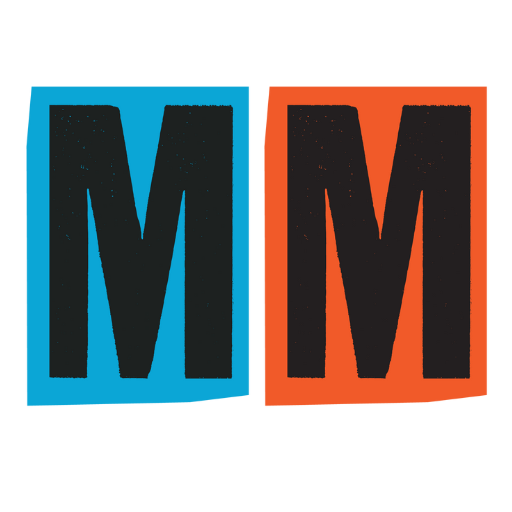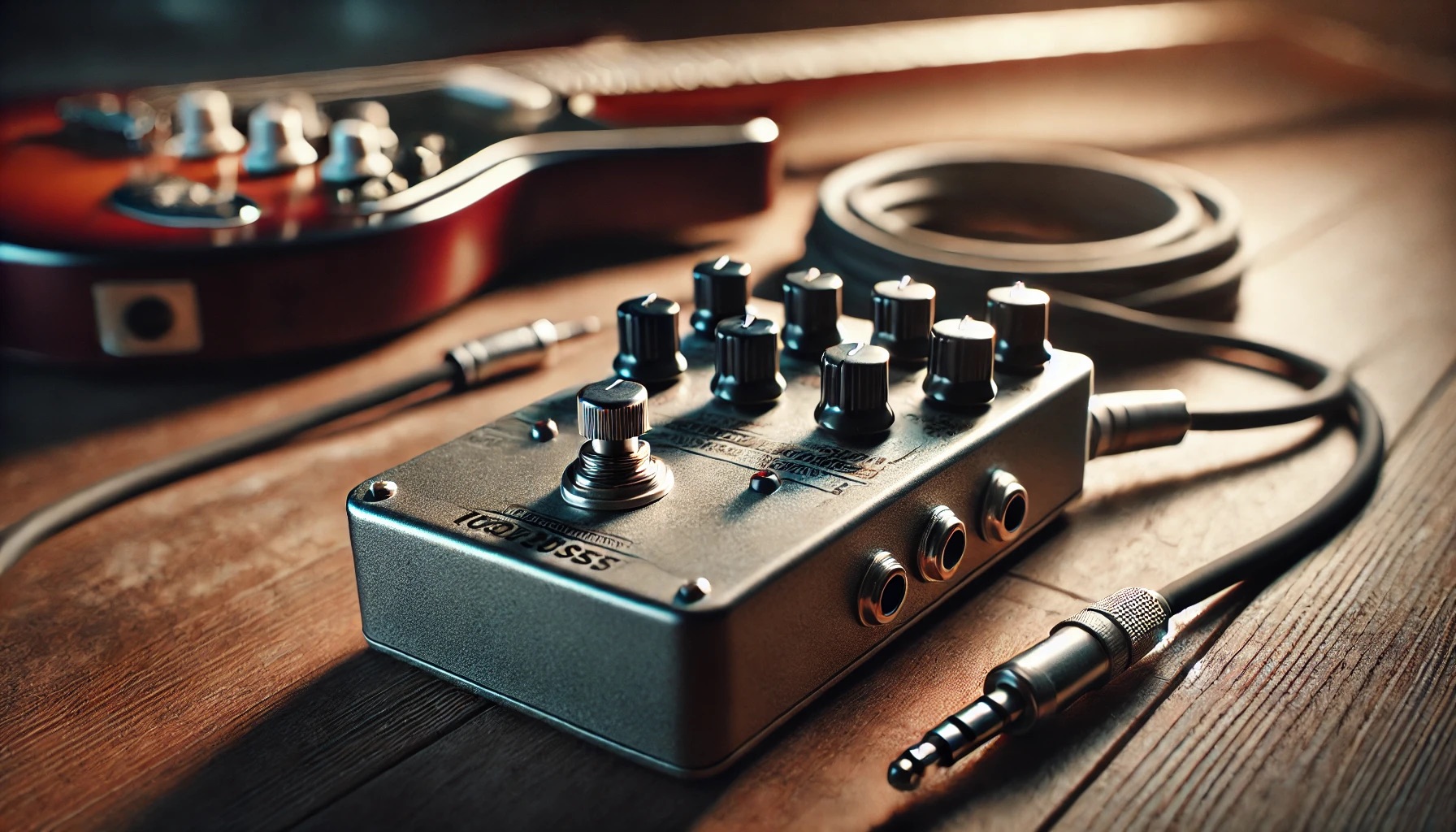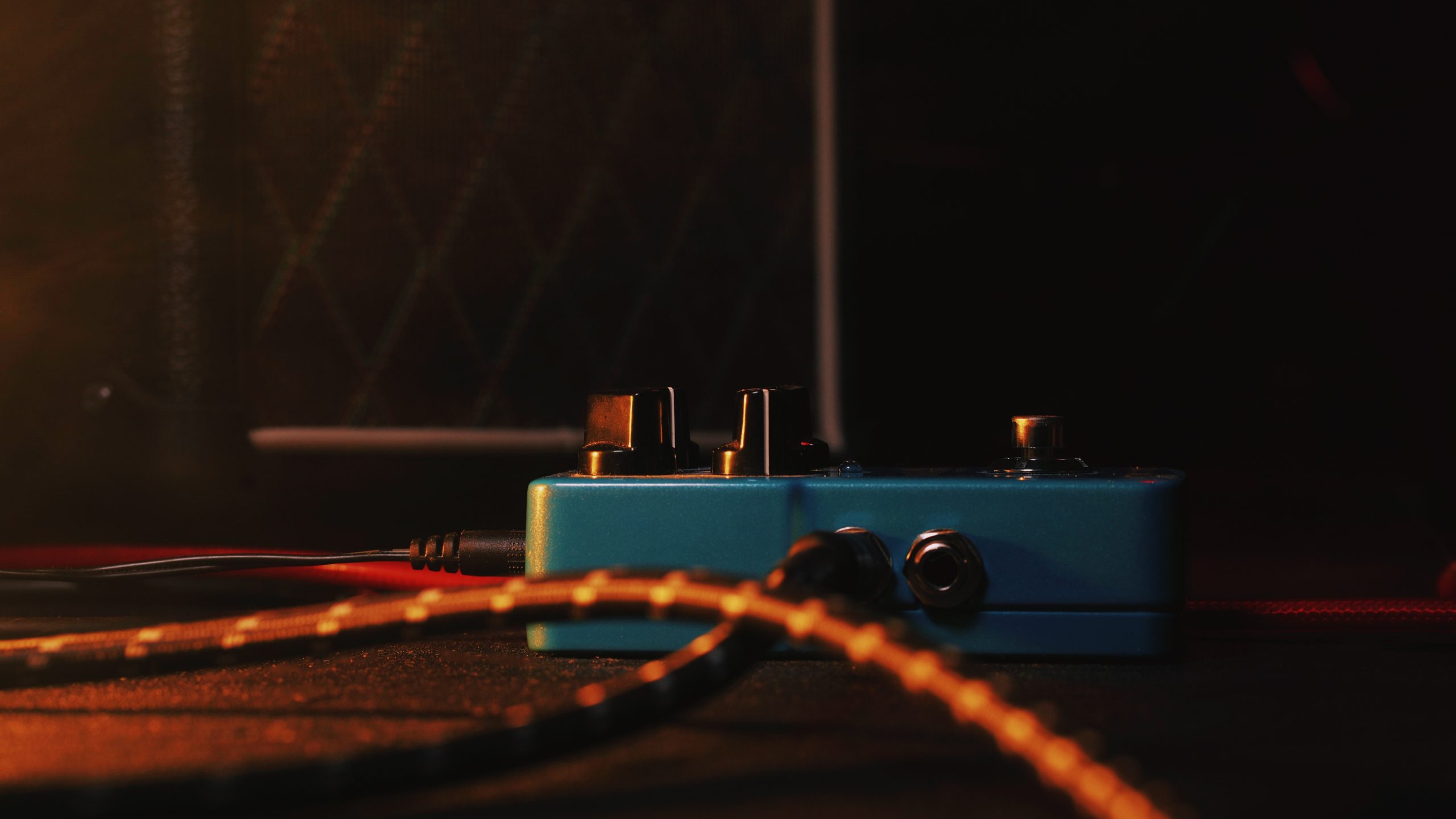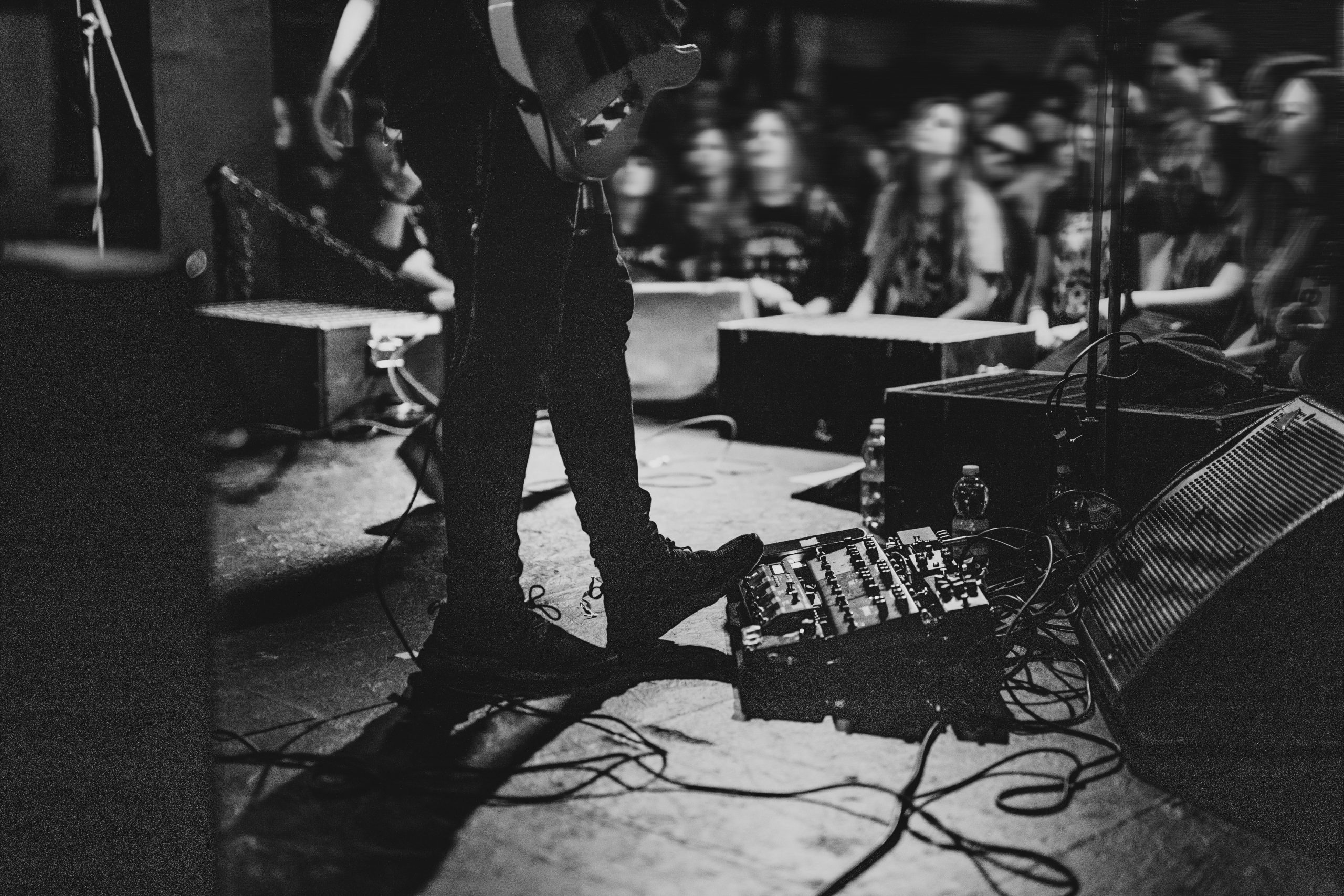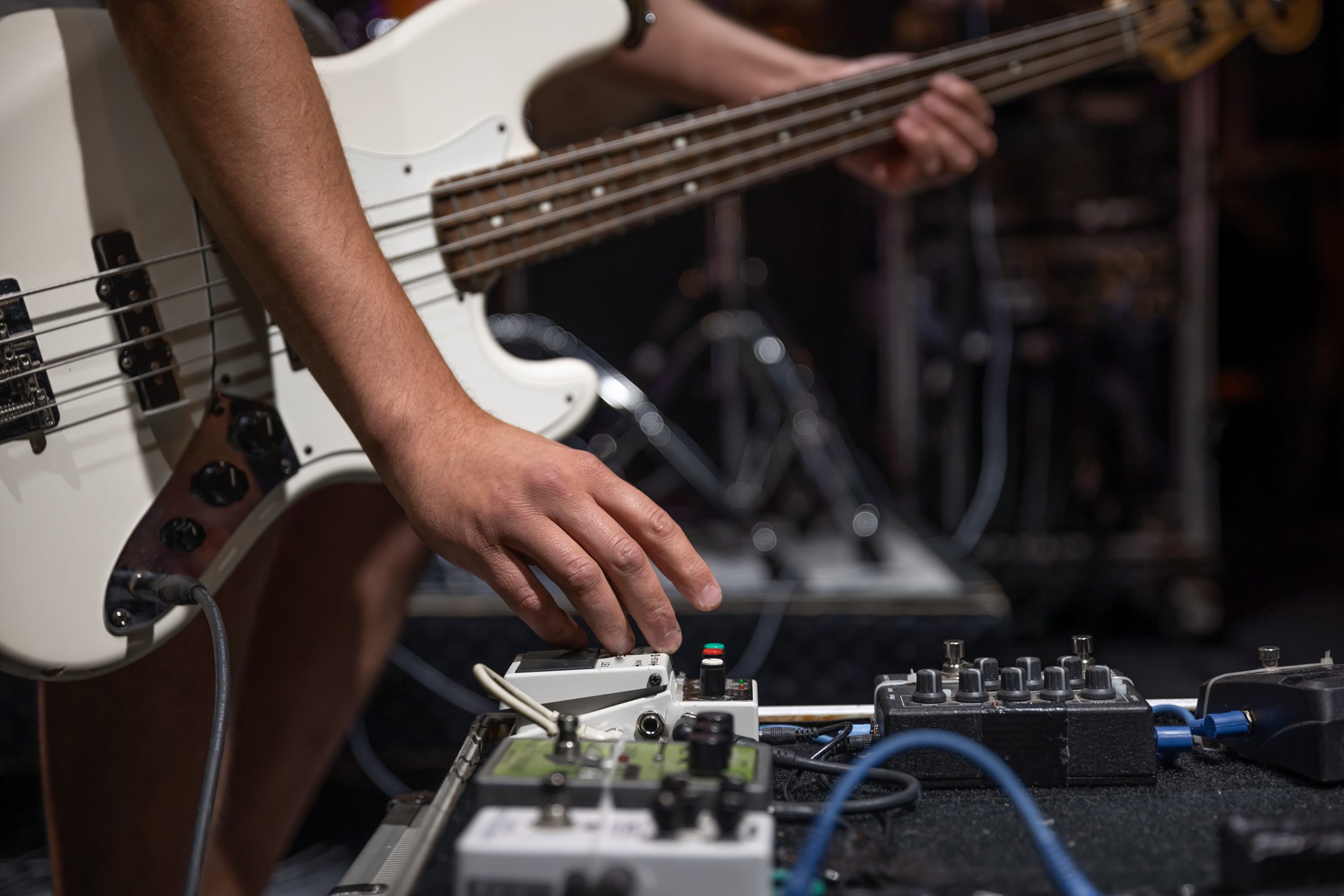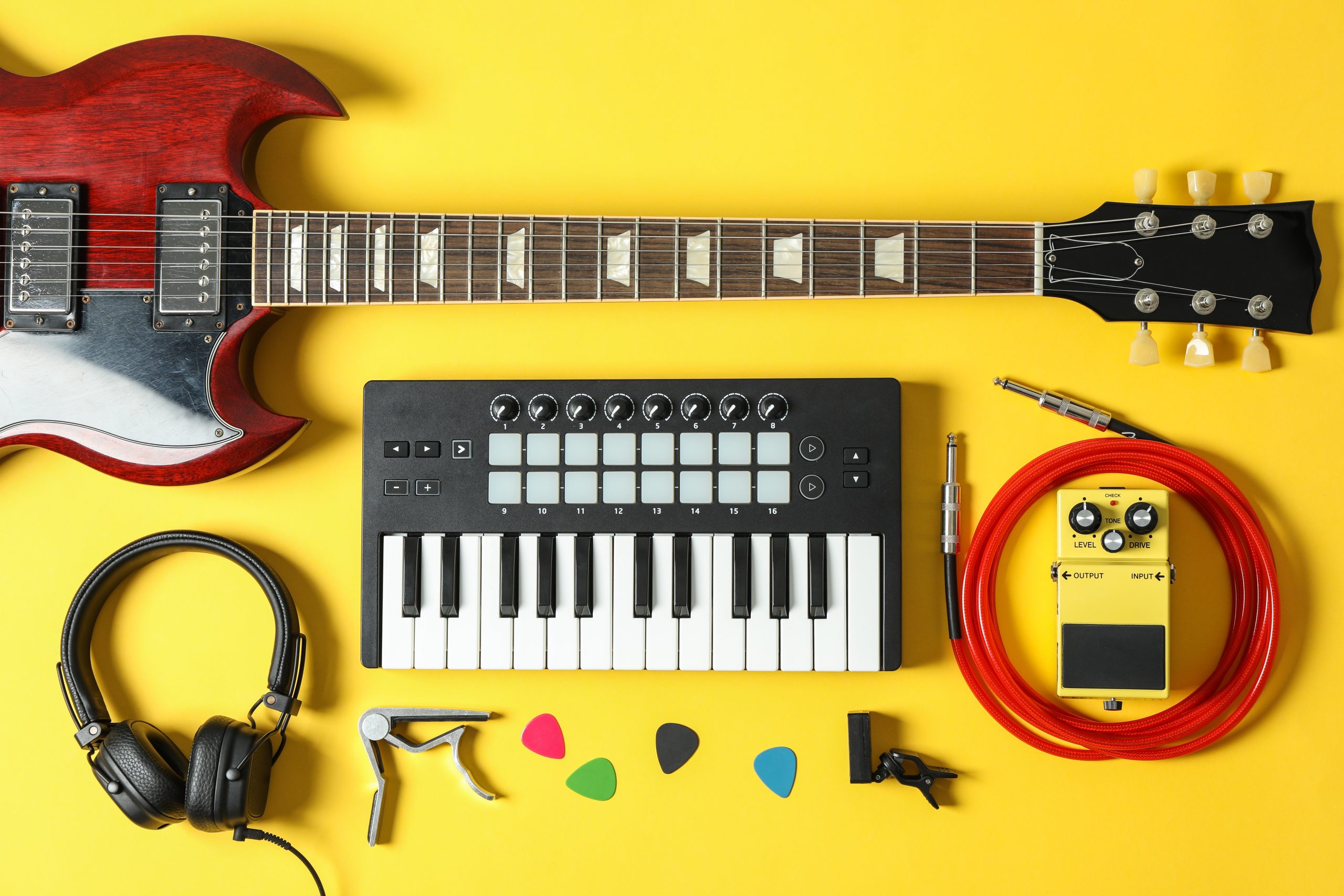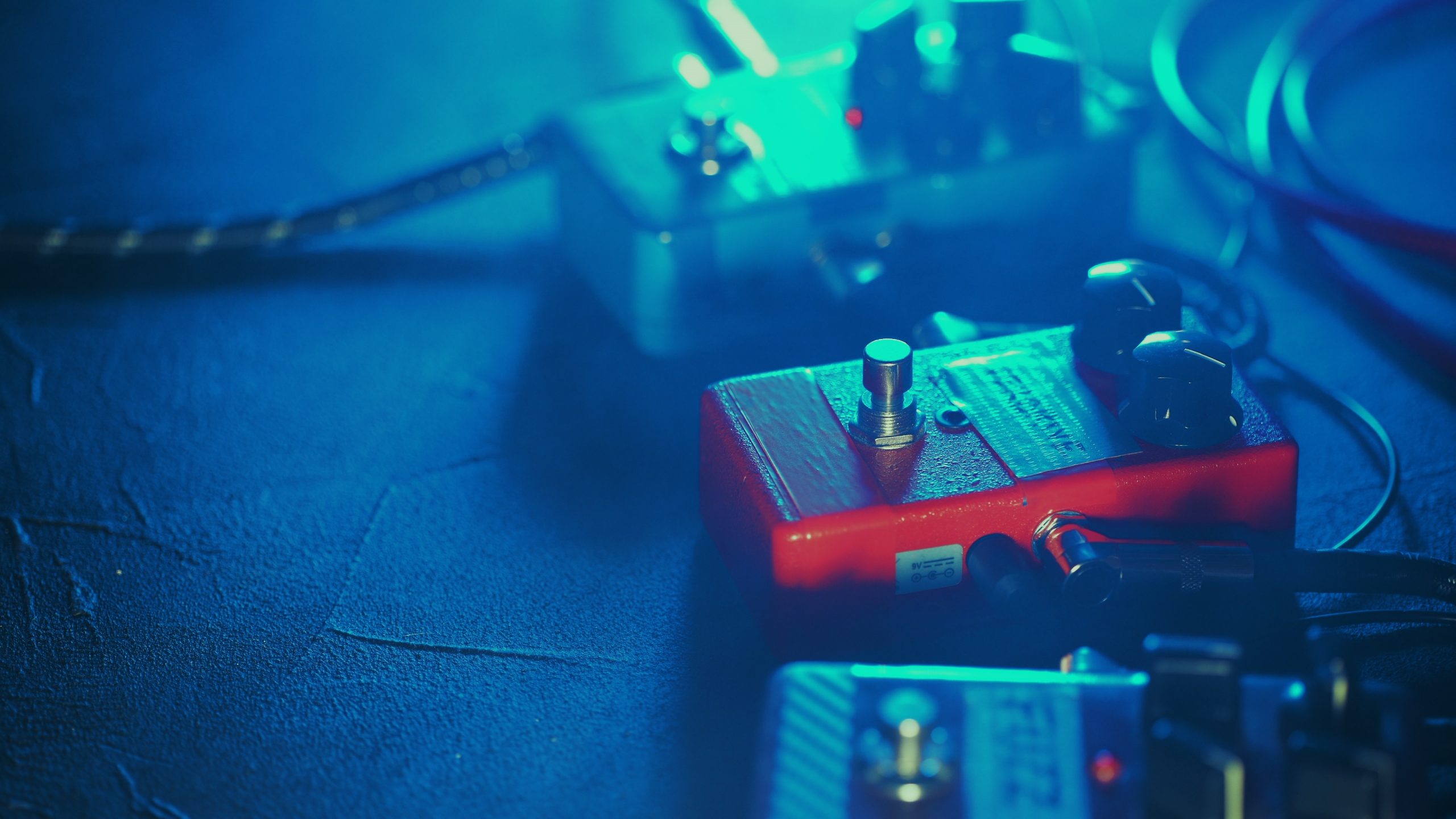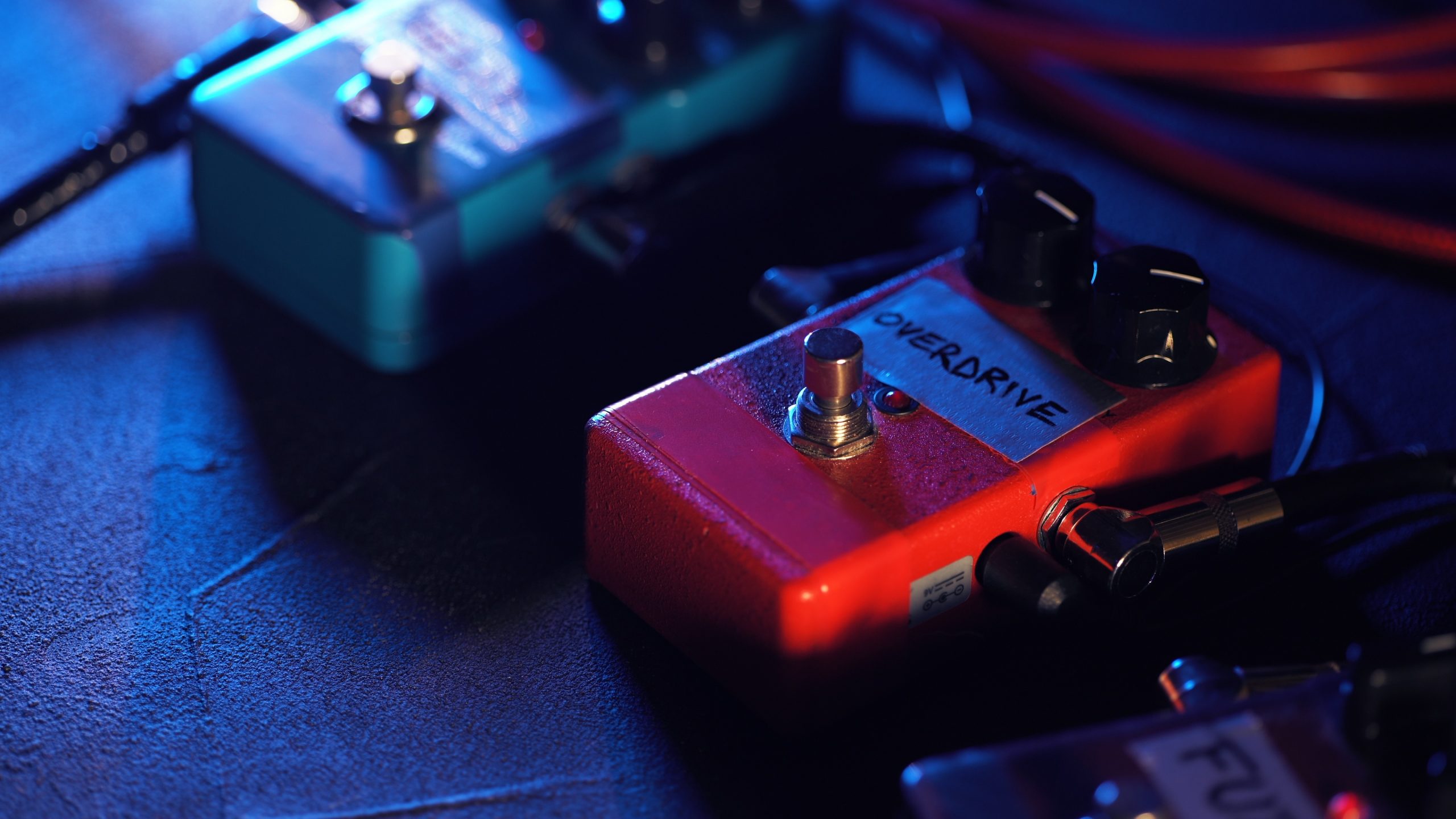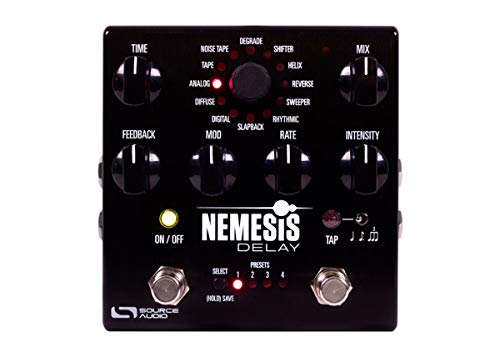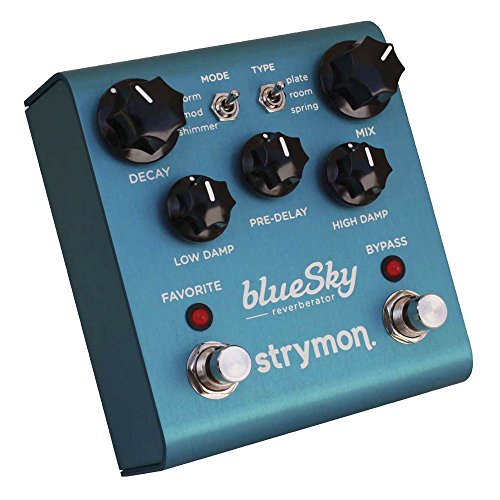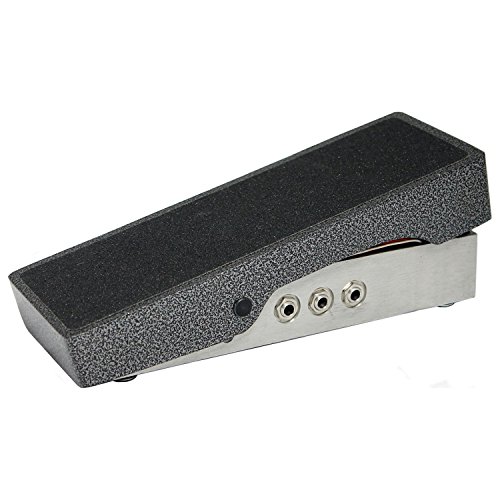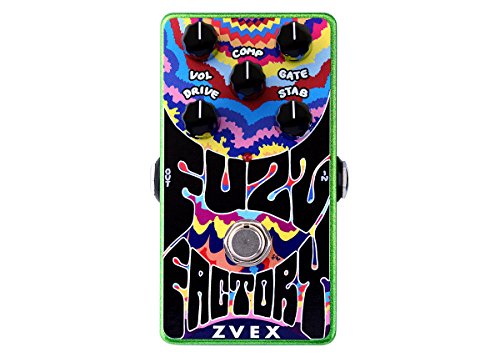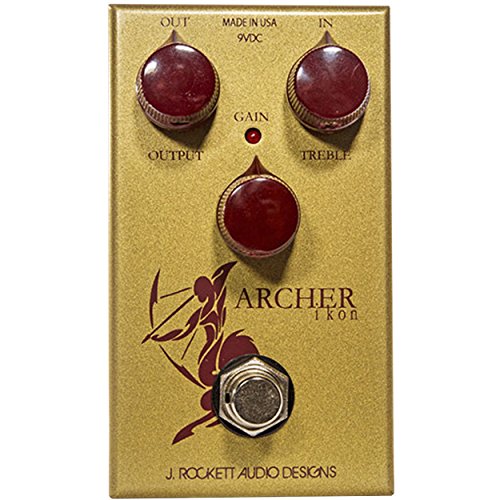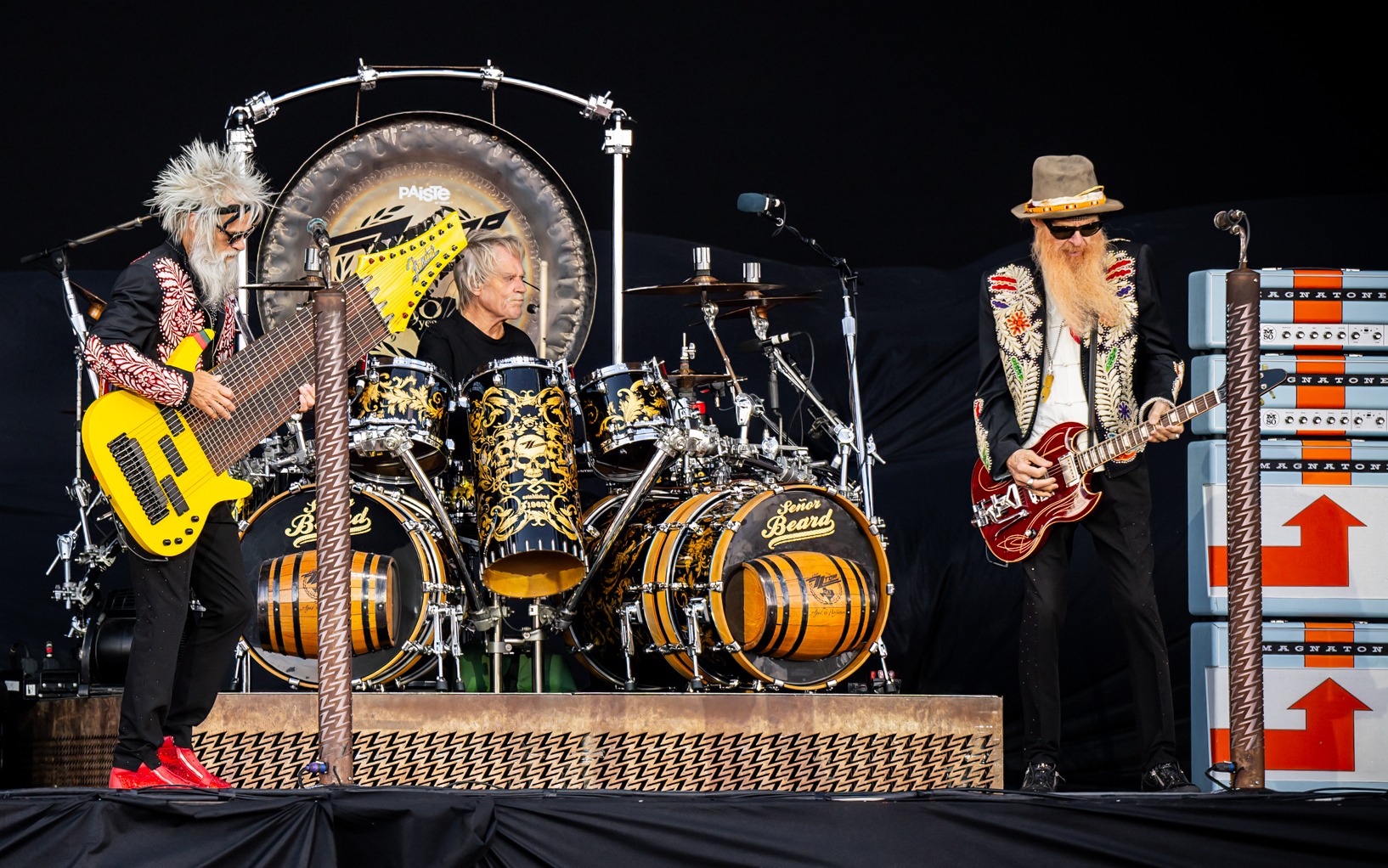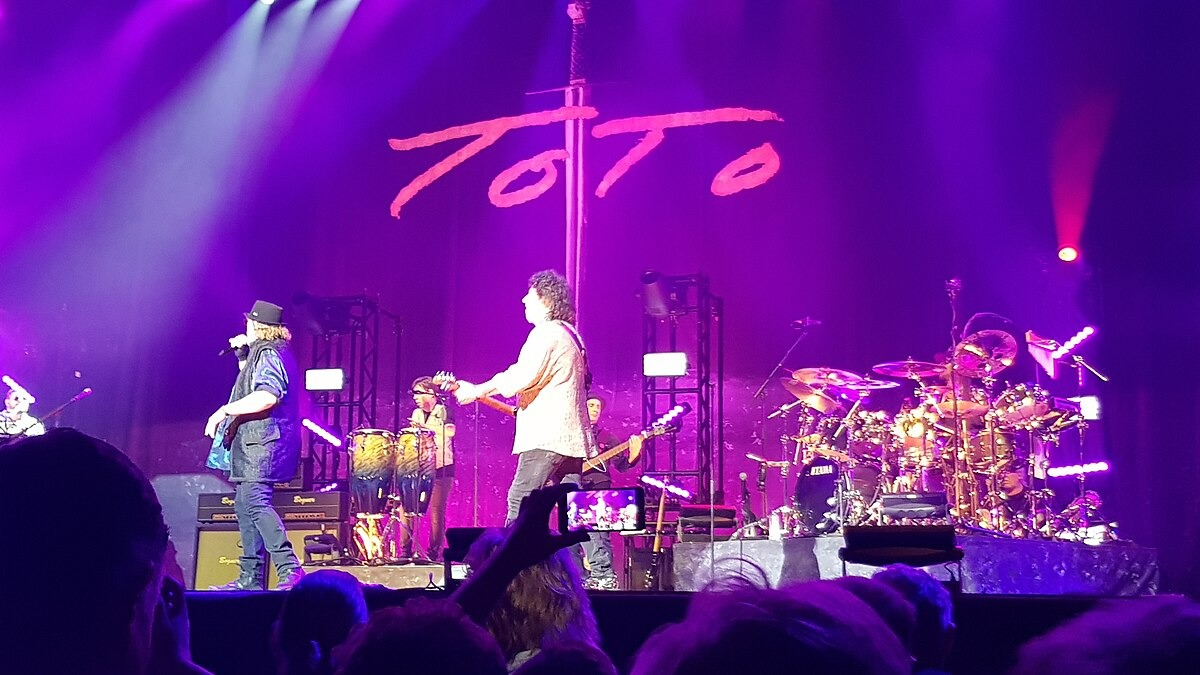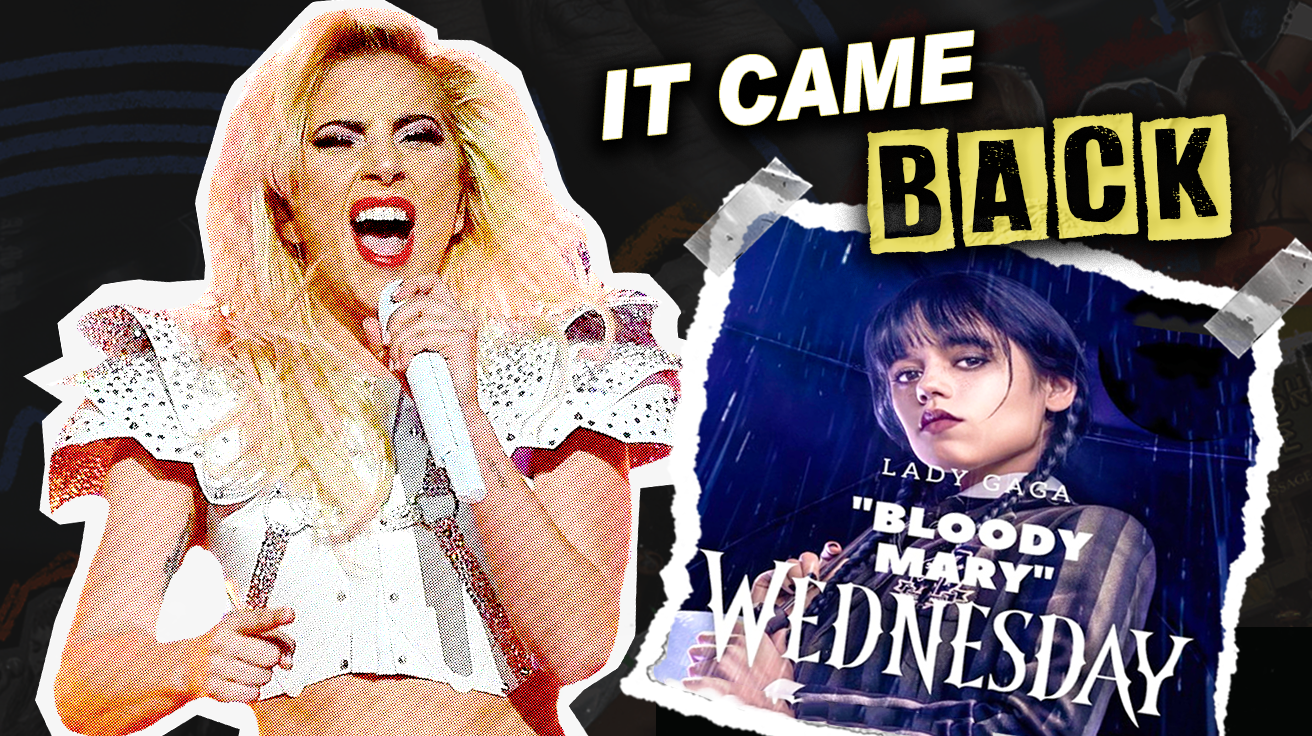WHAT PEDALS SHOULD EVERY GUITARIST HAVE?
While you can make a case for owning every pedal ever made, there are
5 essential guitar pedals every guitarist must have…
- Overdrive Pedal
- Fuzz Pedal
- Delay Pedal
- Volume Pedal
- Reverb Pedal
WHAT PEDALS SHOULD I GET FIRST?
Your first guitar pedal will depend on your needs. If you are playing chicken grease style funk you will want your first pedal to be a Wah Pedal, but a good overdrive pedal can become the most important guitar pedal on your pedal board. If you already love your tone without guitar effects you can make your first pedal a volume pedal which comes in handy for any guitarist.
DO YOU REALLY NEED GUITAR PEDALS?
You would only need guitar pedals if the sound you are trying to achieve requires effects pedals. To play the guitar, you don’t need guitar pedals as a vague overall statement. It’s better to think about the sound you like or want to achieve and determine which, if any, guitar pedals you need.
HOW MANY GUITAR PEDALS IS TOO MANY?
When it comes to effects pedals for any instrument, the answer to this is always in context to the music you are playing. If you are exploring a psychedelic approach to art rock, the more guitar pedals the merrier. If you are holding down the rhythm for James Brown, less guitar pedals is “more.”
Top 5 Guitar Pedals by Bob Lanzetti
Read More
Snapshot
Read Less
